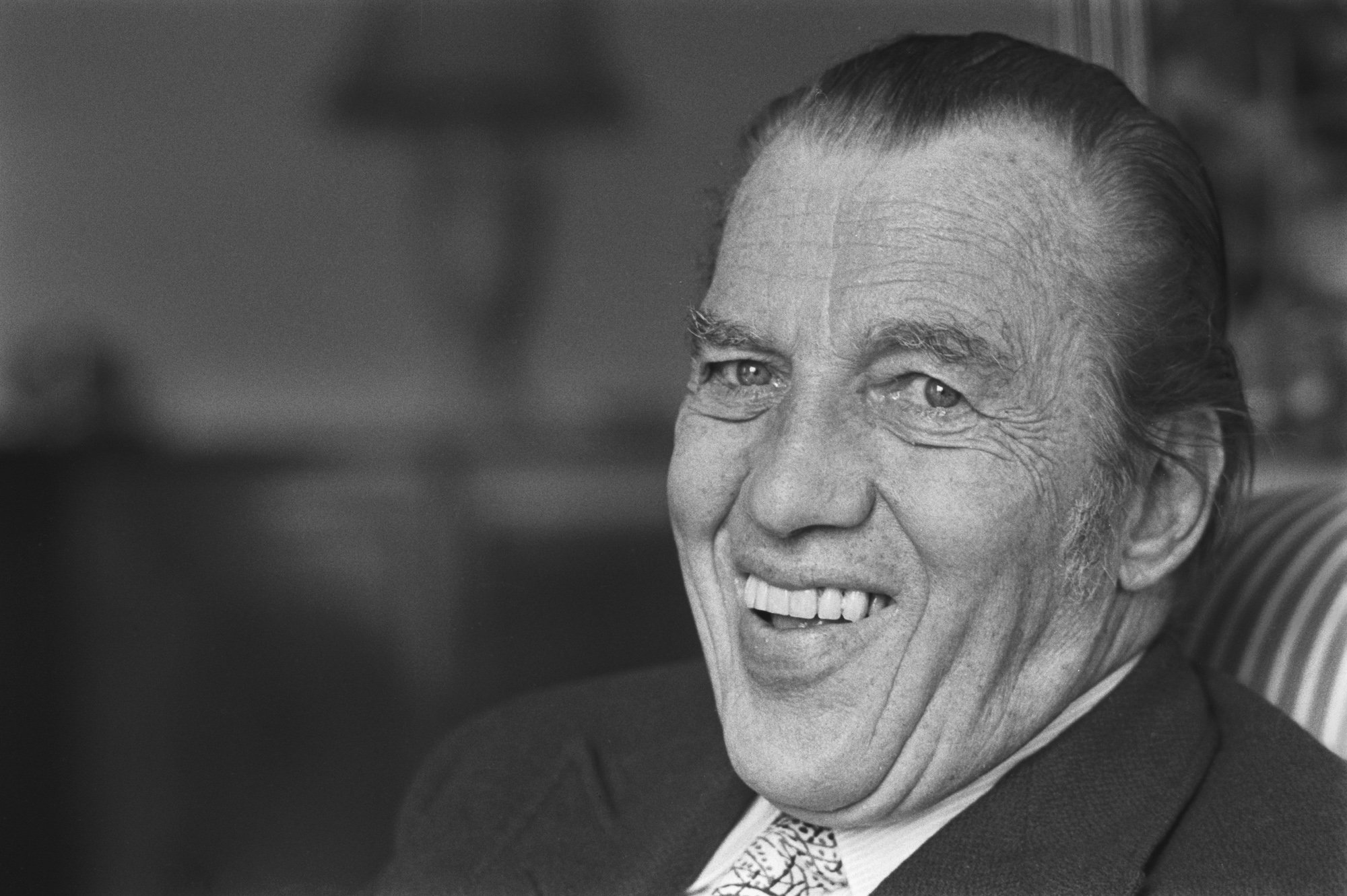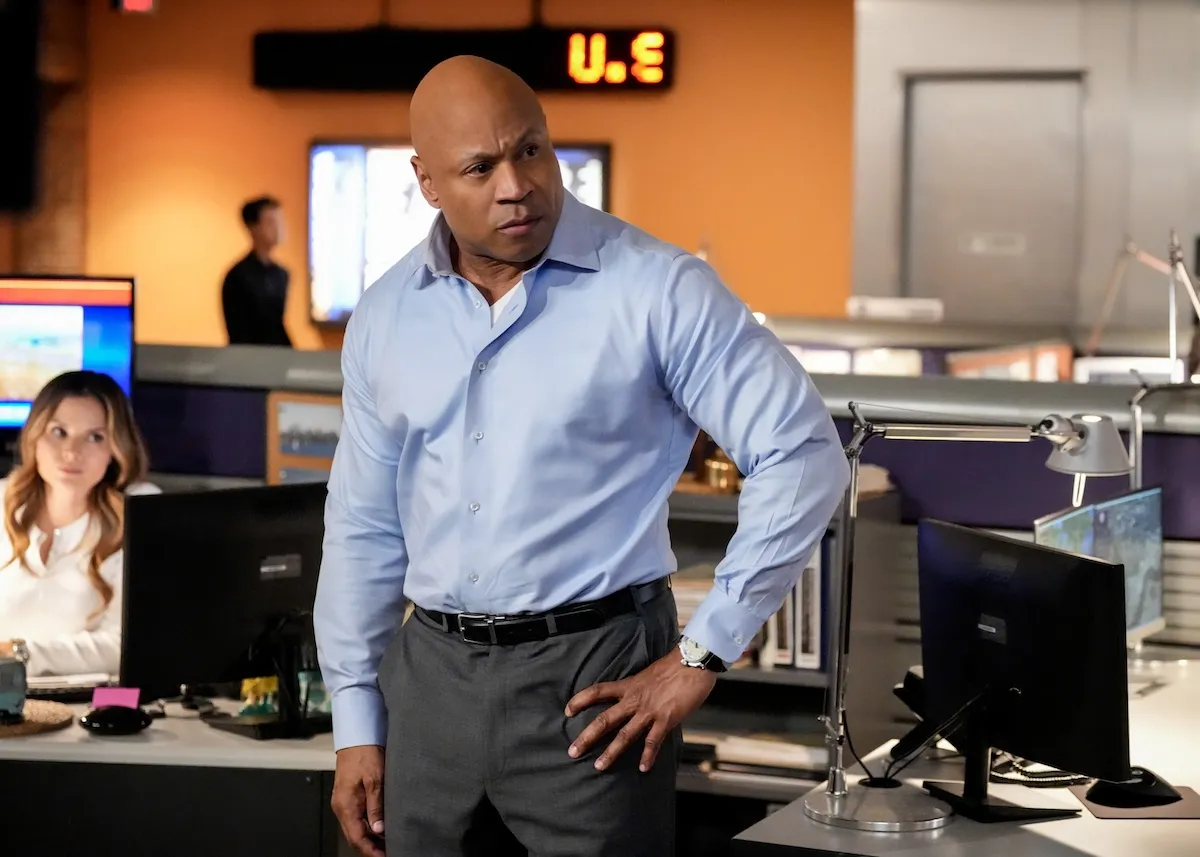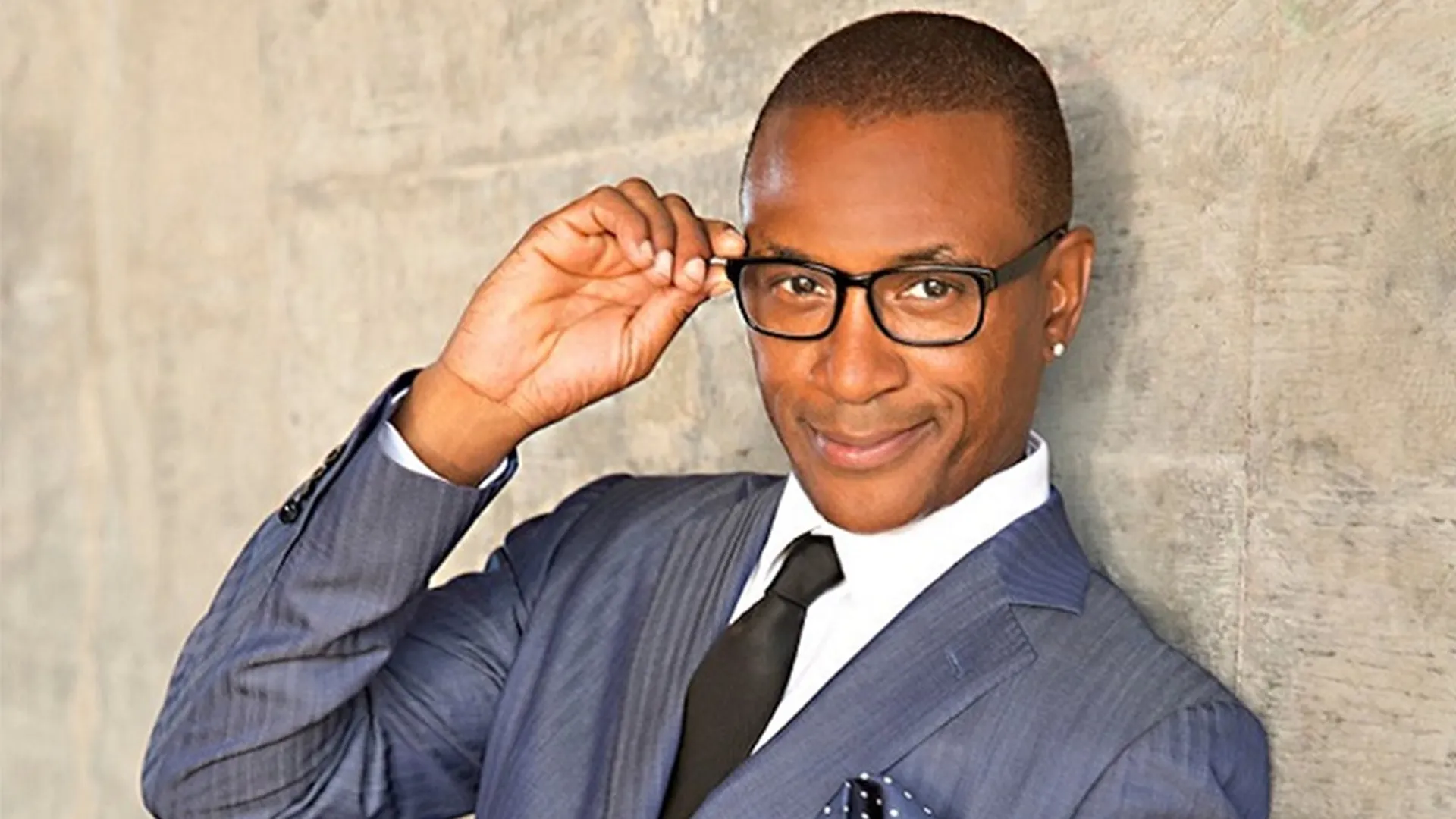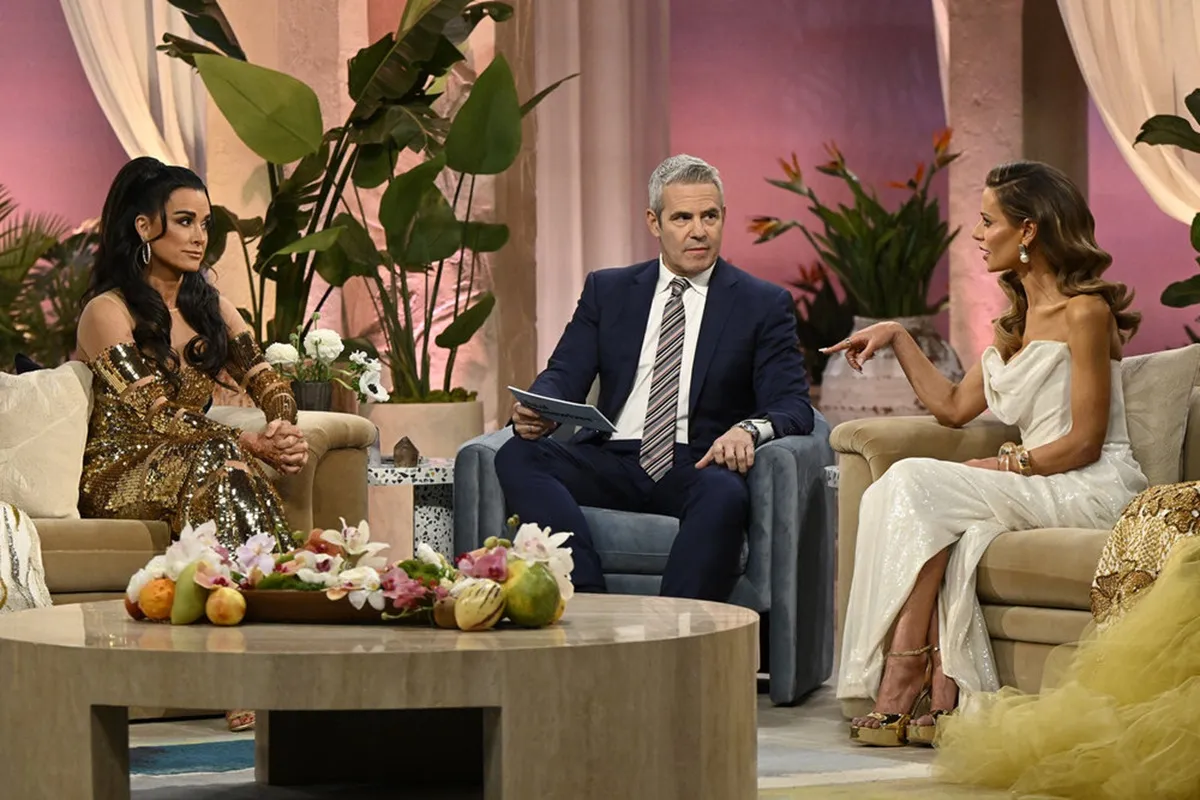Ed Sullivan Owes the Success of His Show To His Off-Screen Talents
Many of the most successful celebrity television hosts are charismatic, personable, and extroverted. But that wasn’t the case for the host of one of the most iconic TV shows in history.
The Ed Sullivan Show was hugely popular and iconic for introducing many of music’s biggest stars to American audiences. While the show is an unforgettable part of television history, it wasn’t necessarily because of Sullivan’s hosting abilities – his talents shone more off stage.
Ed Sullivan started out as a journalist

Before his star-making turn on The Ed Sullivan Show, Sullivan worked as a newspaper journalist. He started as a sportswriter and later wrote a column about Broadway and showbusiness for the New York Daily News. With the popularity of his column, he became known for discovering and promoting new performers.
Around the same time, he also started dabbling in vaudeville theater, producing several charity shows during World War II. His time with vaudeville would later influence Sullivan’s dedication to hosting a true variety show.
Sullivan was an unusual host
Sullivan caught the eye of CBS executives when he was the master of ceremonies for the Harvest Moon Ball, which was broadcast on the network. They gave him his own show, originally called Toast of the Town after his popular newspaper column. The first show aired on June 20, 1948. It featured a slew of diverse acts, including a concert pianist, a boxing referee, a singing fireman, composers Rodgers and Hammerstein, and comedians Dean Martin and Jerry Lewis.
It was renamed The Ed Sullivan Show in 1955. While his show was undeniably entertaining, on-screen Sullivan was an awkward, stone-faced host.
“Often, talk show hosts are charming and competent on camera, yet maybe not the most business-savvy off-screen. Ed Sullivan was just the opposite—pasty in the bright lights, shifty in his stance, and notorious for bungling introductions and monologues,” The Ed Sullivan Show website explains. “Ironically, that high discomfort factor helped develop the cult of Ed. There was just something novel about an awkward host, and like a fender bender on the side of the highway, people just couldn’t avert their gaze.”
But that didn’t stop millions of viewers from tuning into his show week after week.
Sullivan was more talented behind the scenes
Throughout The Ed Sullivan Show’s 23-yearrun, Sullivan remained dedicated to putting together a variety show that appealed to audiences of all ages. Despite his critics, Sullivan had a knack for spotting new talent and always had his finger on the pulse of the type of acts his audience wanted to see.
“They’ve been trying to knock me out of the box for years and they can’t do it,” Sullivan said in 1968, according to the Saturday Evening Post. “My show has lasted all these years because it is a damn good show. I run it, and I know what the people want.”
The Ed Sullivan Show was a variety show in every sense. It featured everything from rock bands, classical musicians, and comedians to opera singers, ballet dancers, and circus acts.
Many acts made their American television debut or were relatively unknown before appearing on the show, including Dick Van Dyke, The Rolling Stones, Hank Williams, Jr., and most famously, Elvis Presley and The Beatles.
Ed Sullivan discovered The Beatles in an airport
On February 4, 1964 per Me-TV, a record 73 million Americans tuned into The Ed Sullivan Show to watch The Beatles’ first live performance on American television. It was all thanks to a chance encounter in an airport. Sullivan and his wife happened to be traveling through Heathrow Airport in London when he witnessed a huge crowd of teenagers waiting on the tarmac.
They were all hoping to catch a glimpse of The Beatles, who were returning from Sweden. Sullivan realized that it was the same kind of frenzy that surrounded Elvis Presley, and decided he wanted to book them on his show right away. The Beatles made three consecutive appearances on The Ed Sullivan Show, officially setting off the British Invasion that would dominate the music of the 1960s.


